BEIJING, China: Autonomous dental implant robotic systems (ADIRSs) represent an exciting and innovative advancement in implant dentistry, offering significant potential for enhancing the precision and success rates of implant surgeries. According to recent clinical research by a team in China, the robotic system it tested demonstrates superior accuracy in implant placement, particularly in controlling angular deviations and axial errors. The results indicate that the technology, which utilises a 6D robotic arm, is potentially more efficient and precise than freehand and conventional computer-aided implant placement methods, and enables minimally invasive surgeries.
The accuracy of implant positioning heavily relies on the expertise and manual skill of the clinician. Even slight deviations during the placement procedure could result in functional or aesthetic problems, potentially leading to complications such as nerve damage or implant failure. Deviations result in implant failure rates of up to 10% even for the most skilled surgeons, according to studies cited by the authors.
Although static and dynamic computer-assisted implant surgeries improve the precision of implant placement compared with freehand procedures, these methods have inherent limitations. In static computer-assisted surgery, for example, the guide must first be produced preoperatively, and it cannot be adjusted intraoperatively. Dynamic systems, while offering more flexibility, still require the surgeon’s continuous attention to a screen rather than direct observation, potentially giving rise to error due to fatigue or manual inaccuracies. This is where ADIRS technology emerges as a promising solution, offering real-time navigation and automation to perform implant surgeries with higher precision and reduced complexity. The surgeries were performed by an ADIRS called the FZ-DISAS-I, and a dental implant machine from two Chinese manufacturers (Sichuan Fengzhun Robot Technology and Kavacol Dental Medical Devices).
Conducted at Peking University Third Hospital, the study enrolled 74 participants with partial edentulism. The participants underwent preoperative CBCT scans, and the data was fed into the ADIRS software for surgical path planning. During the surgeries, the robotic arm autonomously prepared the osteotomies and placed the implants.
Postoperative CBCT scans were used to measure deviations between the planned and actual implant positions. The mean global coronal deviation was found to be 0.61 ± 0.20 mm, the global apical deviation was 0.79 ± 0.32 mm and the angular deviation was 2.56 ± 1.10°. These results reflect a high level of accuracy, comparable or superior to other computer-assisted methods. Notably, the study found that factors such as the implant region (premolar or molar), jaw, implant length and surgeon did not significantly affect the placement accuracy.
Beyond improved accuracy, further benefits of using an ADIRS in implant surgery include minimal need for human intervention and reduced potential for human error, operator fatigue and visual obstructions, which are common challenges in freehand and computer-assisted surgeries. The need for larger incisions or extensive soft-tissue manipulation is also reduced during an ADIRS procedure, promoting faster healing times and causing less postoperative discomfort for patients.
The robot operates according to a preprogrammed surgical plan. Unlike manual methods or dynamic computer-assisted surgery, which can require extensive experience to achieve a high level of precision, an ADIRS simplifies the process, enabling less-experienced surgeons to perform implant surgeries with expert-level accuracy under proper supervision.
Despite its advantages, the use of ADIRSs in clinical settings is not without challenges, and the technology is still in the early stages. The hardware alone requires a considerable amount of space and additional personnel to operate efficiently, and these requirements may pose logistical issues in smaller clinics or surgical settings. Additionally, the high cost of the equipment may lead to increased expenses for patients, potentially limiting its accessibility.
The researchers additionally noted the potential for errors if the positioning markers used during the surgery become loose. These markers are crucial for the real-time tracking and navigation capabilities of the robotic system. Loosening of these markers during surgery can lead to deviations from the planned implant position. Therefore, careful monitoring and verification of marker stability throughout the procedure are essential.
Furthermore, while the study demonstrated high accuracy in straightforward cases of partial edentulism, the authors indicated that more research is needed on more complex clinical scenarios, such as patients with severe bone defects and placement into extraction sockets. Future research will likely focus on expanding the applicability of ADIRSs to a wider range of clinical situations.
The study, titled “Accuracy of an autonomous dental implant robotic system in dental implant surgery”, was published online on 13 August 2024 in the Journal of Prosthetic Dentistry, ahead of inclusion in an issue.
Topics:
Tags:
PHILADELPHIA, US: New developments in small-scale robotics and nanotechnology offer previously unimagined opportunities for new diagnostic and therapeutic ...
In the ever-evolving realm of modern dentistry, innovations are continually reshaping the landscape of patient care, bringing greater precision, efficiency ...
KRIENS, Switzerland: According to World Health Organization data, almost 45% of the global population has some form of oral disease. For people with a ...
For those who have been paying attention to the latest news in the technology space, you will most certainly have noticed that OpenAI recently launched ...
PHILADELPHIA, Penn., US: A good oral hygiene routine requires manual dexterity and can be difficult for elderly people and people with disabilities. ...
Live webinar
Fri. 12 December 2025
1:00 pm EST (New York)
Live webinar
Fri. 12 December 2025
2:00 pm EST (New York)
Deepak Simkhada RDHT, BSc, MSc, PGCE, FSET, Cat Edney
Live webinar
Mon. 15 December 2025
5:30 am EST (New York)
Live webinar
Mon. 15 December 2025
2:00 pm EST (New York)
Dr. Andrew Ip, Przemek Seweryniak
Live webinar
Mon. 15 December 2025
5:00 pm EST (New York)
Live webinar
Wed. 17 December 2025
6:00 am EST (New York)
Dr. Piet Haers Oral and Maxillofacial Surgeon
Live webinar
Wed. 17 December 2025
4:00 pm EST (New York)
Dr. Melissa Vettraino Bachstein DDS



 Austria / Österreich
Austria / Österreich
 Bosnia and Herzegovina / Босна и Херцеговина
Bosnia and Herzegovina / Босна и Херцеговина
 Bulgaria / България
Bulgaria / България
 Croatia / Hrvatska
Croatia / Hrvatska
 Czech Republic & Slovakia / Česká republika & Slovensko
Czech Republic & Slovakia / Česká republika & Slovensko
 France / France
France / France
 Germany / Deutschland
Germany / Deutschland
 Greece / ΕΛΛΑΔΑ
Greece / ΕΛΛΑΔΑ
 Hungary / Hungary
Hungary / Hungary
 Italy / Italia
Italy / Italia
 Netherlands / Nederland
Netherlands / Nederland
 Nordic / Nordic
Nordic / Nordic
 Poland / Polska
Poland / Polska
 Portugal / Portugal
Portugal / Portugal
 Romania & Moldova / România & Moldova
Romania & Moldova / România & Moldova
 Slovenia / Slovenija
Slovenia / Slovenija
 Serbia & Montenegro / Србија и Црна Гора
Serbia & Montenegro / Србија и Црна Гора
 Spain / España
Spain / España
 Switzerland / Schweiz
Switzerland / Schweiz
 Turkey / Türkiye
Turkey / Türkiye
 UK & Ireland / UK & Ireland
UK & Ireland / UK & Ireland
 Brazil / Brasil
Brazil / Brasil
 Canada / Canada
Canada / Canada
 Latin America / Latinoamérica
Latin America / Latinoamérica
 USA / USA
USA / USA
 China / 中国
China / 中国
 India / भारत गणराज्य
India / भारत गणराज्य
 Pakistan / Pākistān
Pakistan / Pākistān
 Vietnam / Việt Nam
Vietnam / Việt Nam
 ASEAN / ASEAN
ASEAN / ASEAN
 Israel / מְדִינַת יִשְׂרָאֵל
Israel / מְדִינַת יִשְׂרָאֵל
 Algeria, Morocco & Tunisia / الجزائر والمغرب وتونس
Algeria, Morocco & Tunisia / الجزائر والمغرب وتونس
 Middle East / Middle East
Middle East / Middle East
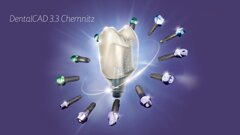

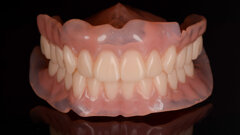




















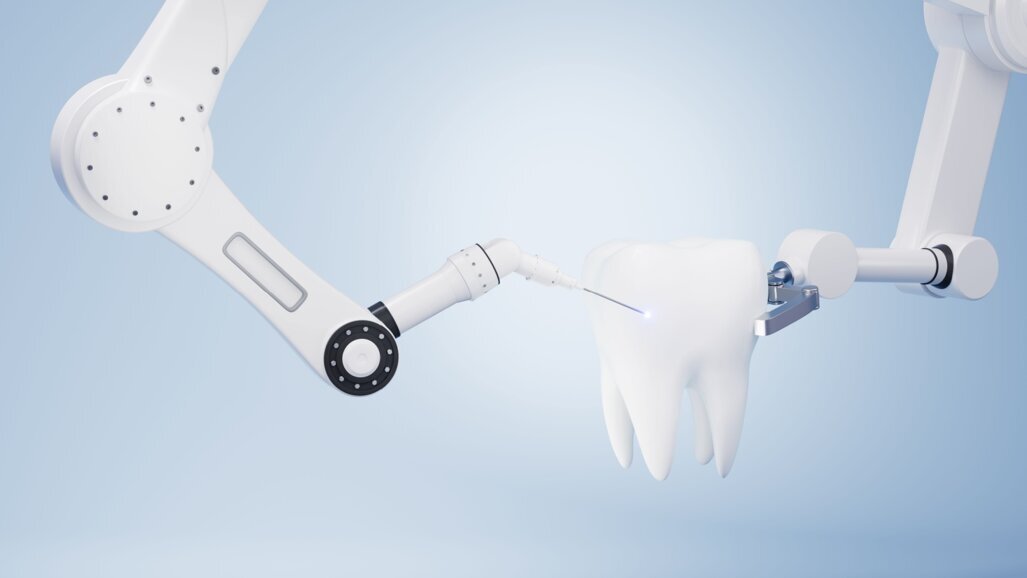




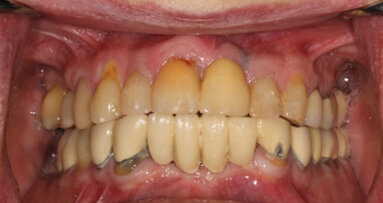
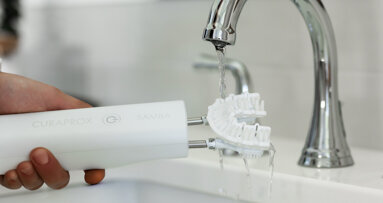










To post a reply please login or register